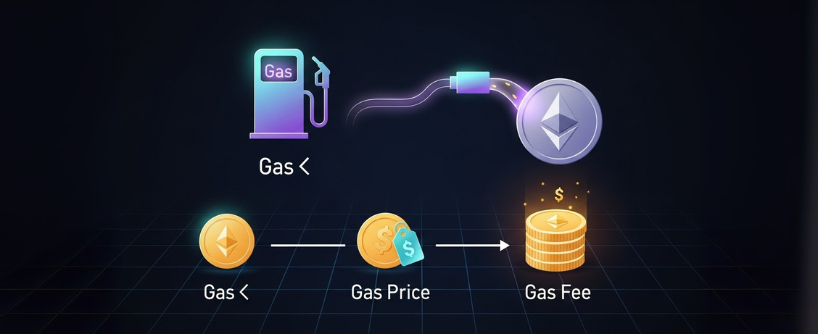When we talk about Ethereum, one of the biggest conversations always circles back to gas fees. These transaction fees are essential to keep the network running, but what happens if they become too high? For everyday users and businesses alike, rising fees could directly impact the adoption of decentralized applications (dApps) built on Ethereum.
The Cost Barrier for Users
High gas fees can act as a financial barrier for users. Imagine wanting to send $10 worth of a token, but the fee costs $15. In cases like this, users may simply choose not to use the network at all. This creates frustration and pushes them to explore alternatives like Polygon, Solana, or Binance Smart Chain, where transactions are much cheaper.
Impact on Developers and Startups
Developers and startups thrive when people can easily test and use their dApps. If fees are too high, onboarding new users becomes a challenge. A high cost per interaction can discourage experimentation, slowing down innovation and forcing teams to migrate to more cost-effective blockchains.
Institutional Hesitation
Institutions and larger businesses looking to adopt blockchain technology are also highly sensitive to costs. If Ethereum becomes too expensive, it could delay enterprise adoption, since businesses prefer predictable, low transaction costs for scalability.
Layer-2 Solutions as a Lifeline
The good news is that Ethereum is not standing still. Layer-2 solutions like Optimism, Arbitrum, and zkSync aim to reduce gas fees by processing transactions off-chain while still benefiting from Ethereum’s security. If these scaling solutions continue to grow, they could balance out the high cost issue and make Ethereum more accessible for mass adoption.
Final Thoughts
If Ethereum gas fees remain high, the adoption of dApps could slow down as users and developers look for cheaper alternatives. However, with the rise of Layer-2 scaling solutions and Ethereum’s long-term roadmap, there is still strong potential for Ethereum to remain the leading platform for decentralized innovation.

